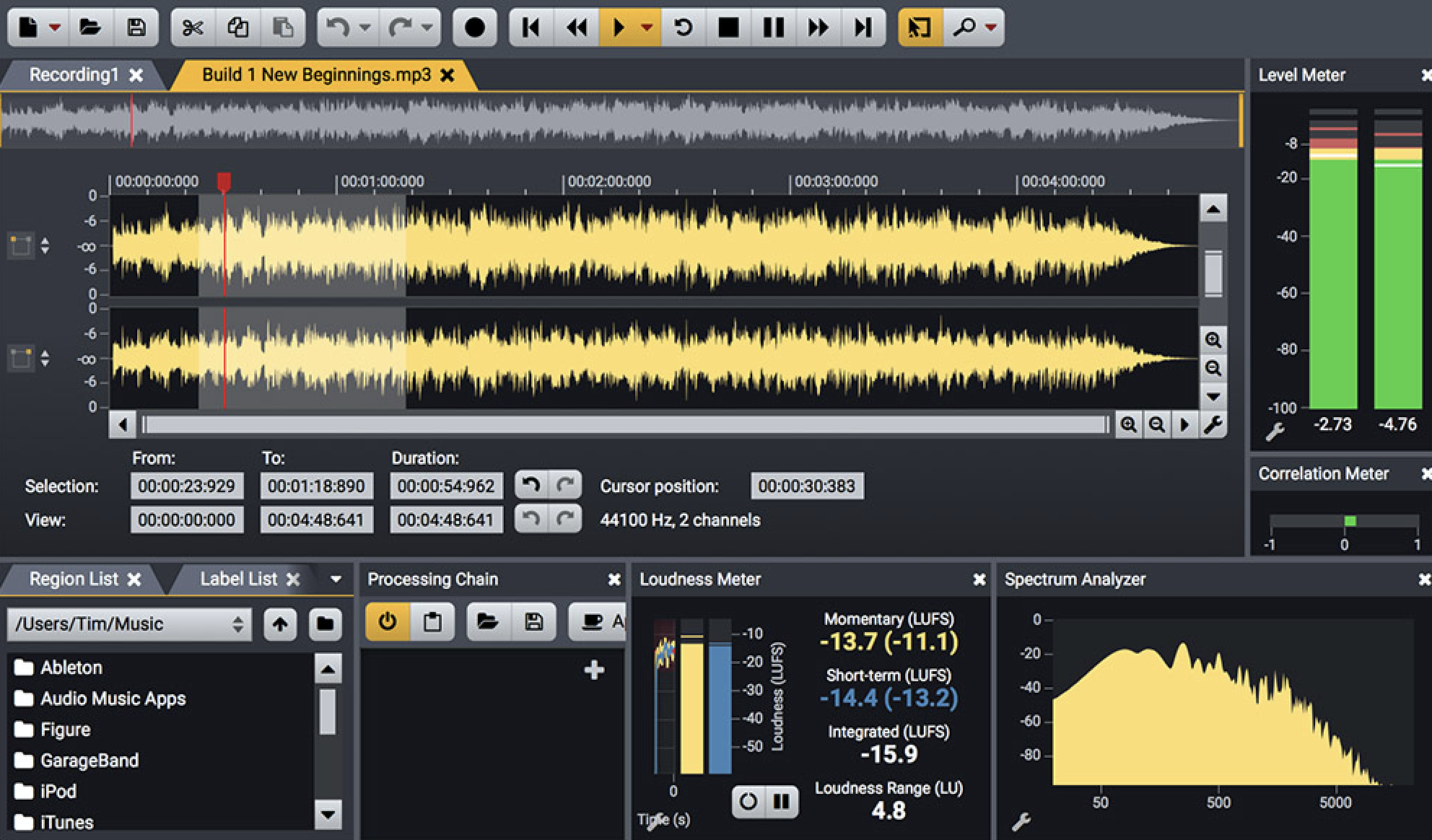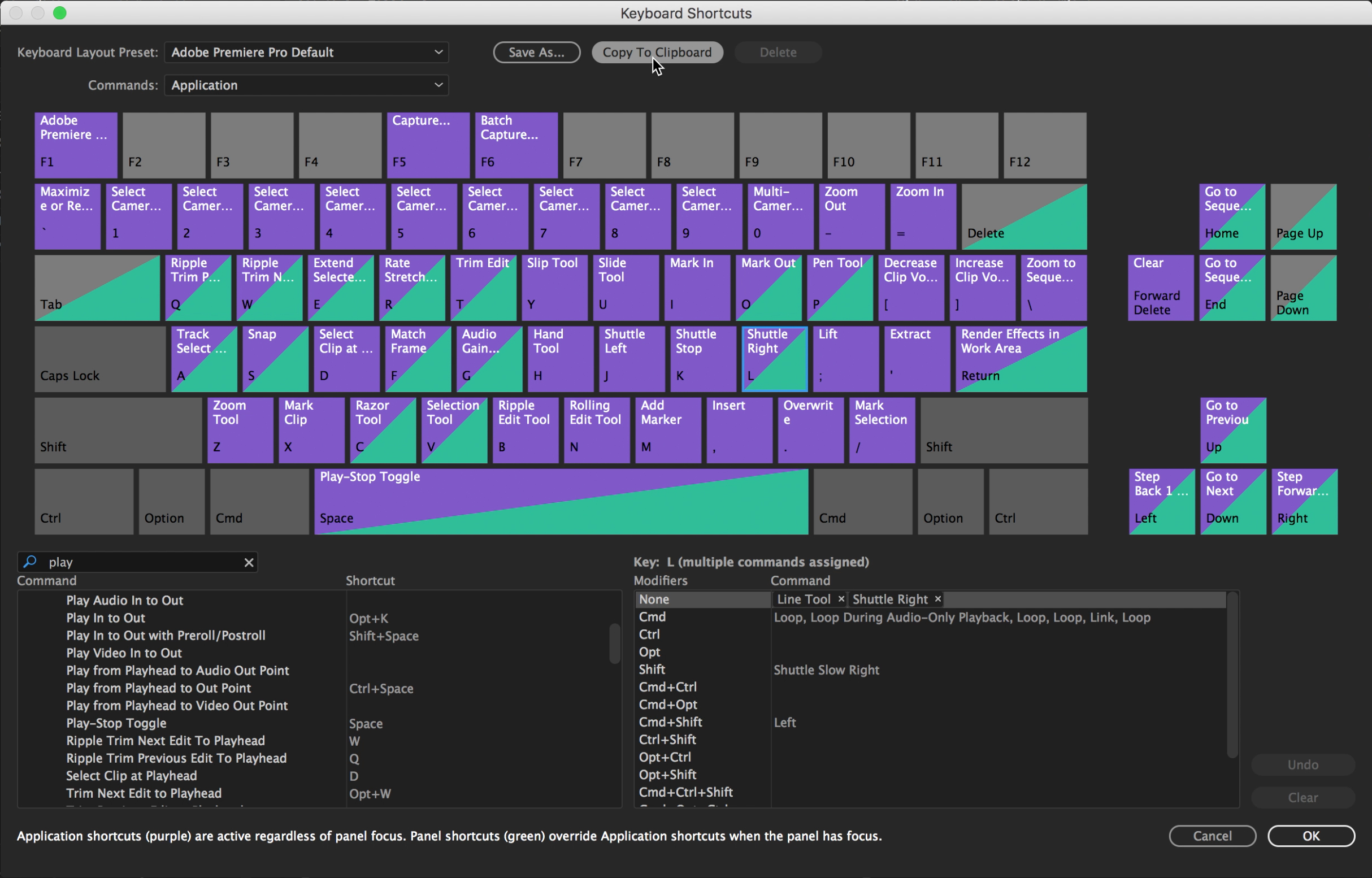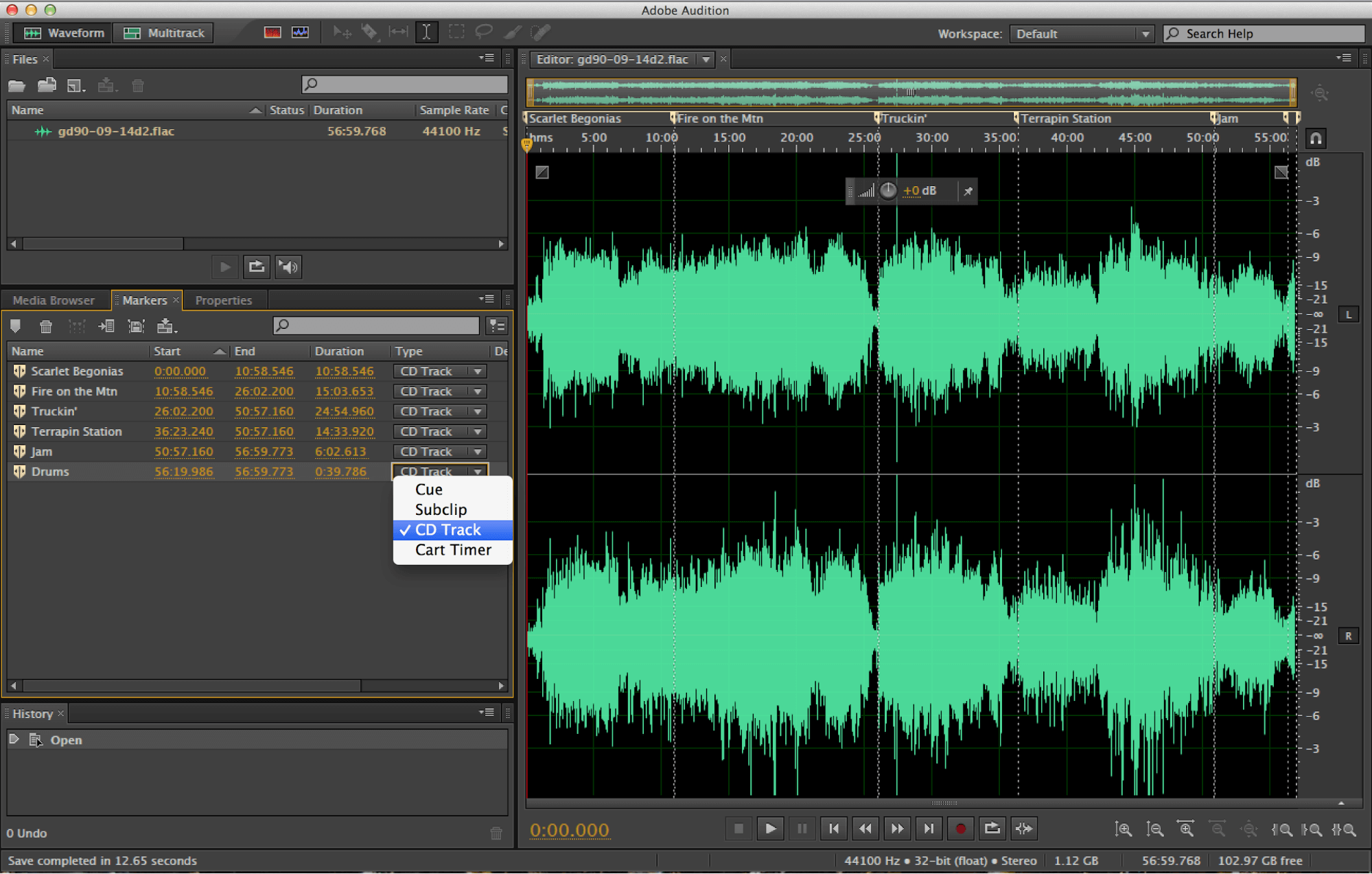Integrate Adobe Audition into your post production workflow! Utilize Audition’s powerful tools for fixing common audio problems like background noise, hum, clipping, clicks and pops.


Adobe Audio Editor
- Adobe's Cool Edit Pro, now called Audition. A review by Fernando Ortega Adobe Audition a classic audio editing program which is well designed and the continuance of Cool Edit Pro. As an audio editor and mixer, it fulfills most basic requirements for a DJ or someone who is into audio editing.
- Of course, being Adobe, all this doesn't come cheap, with that Creative Cloud subscription payment model – but it certainly justifies the price, and Audition is the top pick in our guide to the best audio editing software today. Adobe Audition CC subscription options: 12 month plan - $20.99 per month ($251.88 total cost).
- Become a boss at the audio editing functions behind Adobe’s Premiere video editor, and get your projects sounding better than ever before. Premiere is one of the world’s top video editors, if not the most accomplished video editing software out there.
Adobe Audition can quickly clean up audio and fix problems that Premiere Pro cannot. In this post we cover common audio problems that you may encounter in your video editing and post production – and how to address these issues using the tools within Adobe Audition.
If you’re looking for tips on a Premiere Pro to Audition workflow, check out my previous posts on roundtripping your video editing clips and sequences into Audition and back to Premiere.
Adobe Cc Download
Noise Reduction in Audition
Bring audio and video together using smart integration with Adobe video applications. Adobe Audition CS6 software offers high-performance, intuitive tools for audio editing, mixing, restoration.
Adobe Audition has powerful noise reduction tools that be accessed in the Waveform Editor. If you are in a Multitrack Session, double click on a track to go into the Waveform Editor.
Click and drag to select several seconds of background/ambient only sound. The more time you have to sample the better your results will be. Make sure you do not select any audio with voices or other noises!
Go to Effects > Noise Reduction (process). Click “Capture Noise Print” and then “Select Entire File”.
Click “Noise Only” to hear what you are removing (deselect it before you click apply). Click the green button on & off to toggle the effect as you adjust the “Noise Reduction” & “Reduce by” sliders.
If you prefer shortcuts, use Shift +P to save a noise print and CMD/CNTRL/Shift + P to open the “Noise Reduction” Effect. I suggest making shortcuts for effects you commonly use (do this by accessing the shortcut editor in the menu bar, Edit >Keyboard Shortcuts).
Adaptive Noise Reduction
Adaptive Noise Reduction automatically learns what noise is, as long as you have background noise before people start speaking. To take advantage of this tool, it is a good habit to always record 4-5 seconds of audio before your talent starts speaking.
In Adobe Audition, you can also combine Adaptive Noise Redution with other effects in the Effects Rack (which you can’t do with standard Noise Reduction). It is part of several presets like “Clean up and Level Voice-Over” that can help you get started if you are new to audio effects.
Remove Hum in Audition
This Adobe Audition effect comes in handy if you are doing a lot of location filming where you can’t control the production environment.
Use this to remove AC hum (lights, power lines, electronics). In my example I was picking up hum from an Xbox 360 in the room.
Go to Effects > Noise Reduction/Restoration > Dehummer. Select your preset based on country. I’m in the states so I picked 60Hz.

Auto Heal & Spot Healing
You can use Auto Heal & the Spot Healing Brush to remove clicks, pops, and other short noises you want to remove from your audio.
Zoom in by pressing the plus key and select the pop. Right click and select “Auto Heal” (Comm/Control + U).
You can also paint a selection with the spot healing brush(B) by dragging over the area to fix in the “Spectral Frequency” display.
Using the Diagnostic Panel
Access the Diagnostics panel in Audition by choosing Window > Diagnostics from the menu bar. The powerful diagnostic panel provides tools to fix clipping, clicks and pops in your audio.
The Declipper is handy for repairing clipped audio. Select the DeClipper Effect in the Diagnostic panel. Click Scan and your clipping areas will be listed. Select a listed problem to move to it in the waveform.
You can fix each one at a time or click Repair All.
Note: Depending on your audio it may still appear clipped, as Audition works in 32 bit floating point. Decrease the amplitude or use Normalize to see that the audio isn’t actually clipped. I have had varied results with the DeClicker, so if it dozen’t fix your issues, you the manual method mentioned above using Auto Heal & Spot Healing Brush.
Before:
After:
Utilize a Premiere to Audition workflow to take advantage of these great audio tools in your video editing projects. For more details on working with audio in Adobe Audition see Adobe Help.
Cover image via
The new Essential Sound panel simplifies the process of editing a soundtrack directly in Adobe Premiere Pro.
Cover image via Shutterstock.
Adobe’s new Essential Sound Panel is easy to use while also allowing advanced users to manually fine-tune effect settings. Here is an explanation of the panel that demonstrates how it will save editors considerable time getting a good audio mix.
Set Your Project to the Audio Workspace and Open the Essential Sound Panel
If you don’t see the workspace options at the top of your screen, you can change your workspace by going to Window/Workspaces/Audio. You should see the Essential Sound panel on the right, but if you don’t, go to the Window menu and select Essential Sound.
Organize the Audio in Your Sequence by Track
Keeping your audio organized with track labels is always a good idea, but it’s even more important in the Essential Sound Panel workflow. In this example I have dialogue, sound effects, music, and ambience. Notice that there is sometimes more than one track for each category.
Assign Your Dialogue to an Audio Type
Lasso all of the clips you would like to include in the Dialogue group. Notice that the Dialogue, Music, SFX, and Ambience buttons in the Essential Sound panel are now active. Click the Dialogue button to open the options for manipulating the dialogue effect controls.
Begin Editing the Characteristics of Your Clips
Similar to the Lumetri Color controls, there are various categories of effect controls that you can expand or collapse. In this instance, I would normalize the volume so I can quickly make all of the dialogue in the sequence conform to a unified standard. Click the Loudness heading to open the controls pertaining to volume. Click Auto-Match for the fastest results by letting Adobe Premiere quickly conform all the selected audio clips to a uniform level.
Apply Any Additional Effects
Here, I would like to apply different effects for the two main actors in my scene. Highlight the group of clips you wish to affect, and apply the settings using the slider controls in the Essential Sound Panel. In this case, I will reduce the hum and the rumble in the Repair category by manipulating the sliders. Notice that you can toggle the Repair category on or off to compare the before and after results. After establishing the overall setting for all of your dialogue, click on the clip you wish to fine-tune, and open the Effect Controls window for access to individual controls for effects. Experiment with other options such as Clarity in the Dynamics category to further improve your audio.
Adobe Editing Audio
Auto-Match the Volume of Background Ambience
Select all of your clips associated with the background ambience in your edit and assign them to the Ambience category by clicking the Ambience button in the Essential Sound panel. Click on the Auto-Match button to normalize the audio to a uniform rate.
Improve Your Mix with Creative and Stereo Width
Depending on your clip, change the preset to something that describes the location of your scene. In my case, I will choose Room Ambience, and I will adjust the slider to achieve a more realistic sound for my office ambience clips. Take it a step further by adding a Stereo Width effect to create the perception of a more dramatic stereo effect.
Customize the Volume and Duration of Your Track
By clicking on your music track and assigning it to the Music category in the Essential Sound panel, you can normalize the volume using the Auto-Match button and the background music preset. Additionally, you can customize the duration of the music track by opening the Duration menu in the Essential Sound panel. Either type in a new duration for your music clip or click and drag to increase or decrease the duration of the selected clip(s). After you hit play, your computer will briefly render the track to play at a new speed to fit the desired duration.
Apply Room Sound or Other Effects

You can assign all of your sound effects to the SFX category in the Essential Sound panel. Here you can change the loudness, add room sound or reverb, and pan the audio left or right.
Save Your Settings in Adobe Audition

With the timeline selected, go to the Edit menu and select Edit in Adobe Audition then select Sequence. The dialogue box defaults to preserving all of your edits, including any keyframes on clips such as volume and panning. Adobe Audition then automatically creates a multi-track session that contains all of the work you completed in Adobe Premiere Pro.
Do you have any tips for the Essential Sound Panel? Let us know in the comments.
